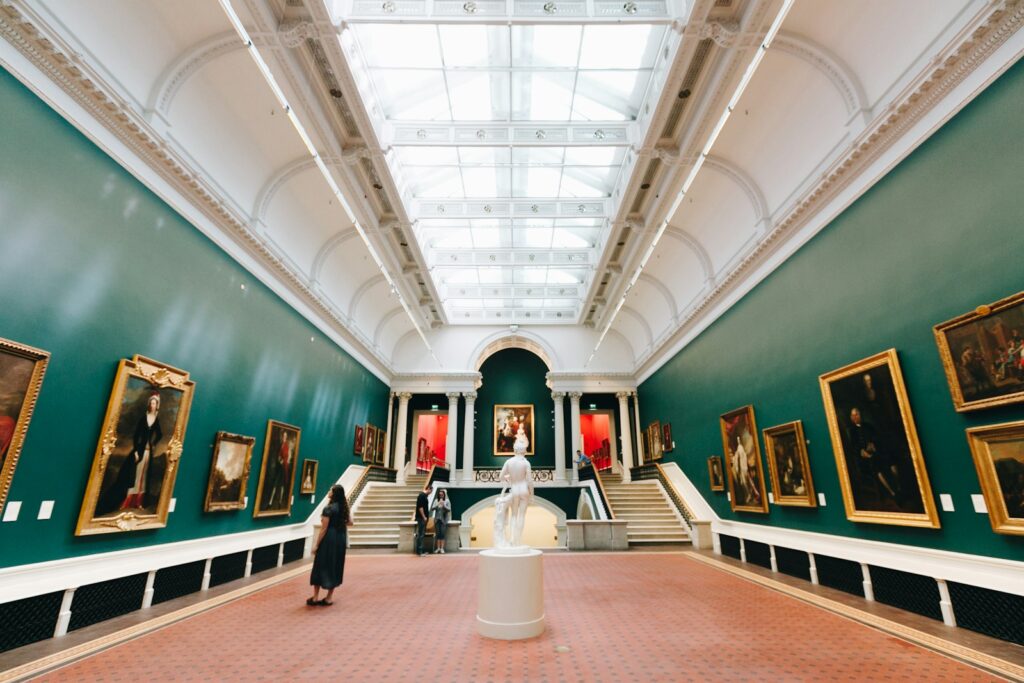Some of the foods we enjoy every day were once reserved for kings and queens. Before they filled grocery store aisles, these delicacies symbolized wealth, privilege, and power.
From sugar to chocolate, foods with royal origins reveal how luxury became an everyday part of life. Here are ten common foods that started fit for royalty.
Chocolate: The Drink of Aztec Nobility
Long before it was sweetened into candy bars, chocolate was a bitter drink enjoyed by Aztec rulers and priests. Known as xocoatl, it was flavored with chili and vanilla, believed to grant strength and wisdom. When introduced to European courts in the 1500s, sugar transformed it into the indulgent treat we know today.
For more food lore, see Foods That Were Once Considered Dangerous.
Sugar: The “White Gold” of the Medieval World
Once as valuable as jewels, sugar was considered medicine and a symbol of luxury in medieval Europe. Only the wealthy could afford it, and nobles would display intricate sugar sculptures at their feasts. Over time, as global trade expanded, sugar trickled down from royal tables to become a staple in households.
Salt: The Original Status Symbol
Before refrigeration, salt was essential for preserving food—and therefore incredibly valuable. Roman soldiers were sometimes paid in salt (from which we get the word “salary”). In ancient times, possessing salt meant power; today, we sprinkle it without a second thought.
Ice Cream: A Royal Cool-Down
Frozen desserts originated as luxuries for Chinese and Persian royalty, eventually making their way to the European elite. In the 1600s, French and Italian chefs made ice cream for kings using snow, ice, and honey. It didn’t become widely available until mechanical refrigeration made mass production possible centuries later.
Curious about fruit facts? Read Why Bananas Are Technically Berries — But Strawberries Aren’t.
Lobster: From Prison Food to Palace Plates
Ironically, lobster was once considered cheap “trash food” served to prisoners in colonial America. However, in Europe, it had long been a delicacy on royal tables. As coastal economies shifted and cooking techniques refined, lobster regained its royal reputation as a luxury meal worldwide.
Coffee: The Drink of Sultans and Scholars
Coffee first gained fame in the royal courts of the Ottoman Empire. Sultans served it during ceremonies and diplomacy, and coffeehouses became centers of power and conversation. Europe’s nobility later embraced the drink, turning it into both a social ritual and an intellectual fuel.
Pineapple: The Crown Jewel of Fruit
When explorers brought pineapples to Europe in the 15th century, they were so rare that kings used them as decorative centerpieces rather than food. Owning a pineapple, or even renting one for a dinner party, was a mark of status. Today, they’re still nicknamed “the royal fruit.”
Love history hiding in plain sight? Browse Everyday Items Older Than You Think.
Cinnamon: A Spice Worth Its Weight in Gold
Ancient Egyptian pharaohs used cinnamon in embalming rituals, while Roman emperors hoarded it as treasure. In the Middle Ages, European royalty controlled the spice trade to maintain exclusivity. What we now sprinkle on lattes was once as precious as diamonds.
Bread: Divided by Class
In medieval Europe, white bread made from refined flour was reserved for the nobility, while darker loaves were reserved for peasants. The whiter the bread, the higher your social rank. Ironically, modern health trends have flipped that preference entirely.
Tea: A Drink of Emperors
Tea drinking originated in ancient China as a medicinal ritual among the nobility. When it reached Britain in the 17th century, it became a symbol of refinement and status. Tea sets, tea times, and even entire social customs grew from what was once an elite ceremony.
For added fun fact, don’t miss Why the Internet Weighs Less Than a Strawberry.
A Taste of History
Every sip, sprinkle, or bite of these once-royal foods carries centuries of history. What began as privilege is now part of everyday life—a reminder that the luxuries of yesterday often become the comforts of today.




